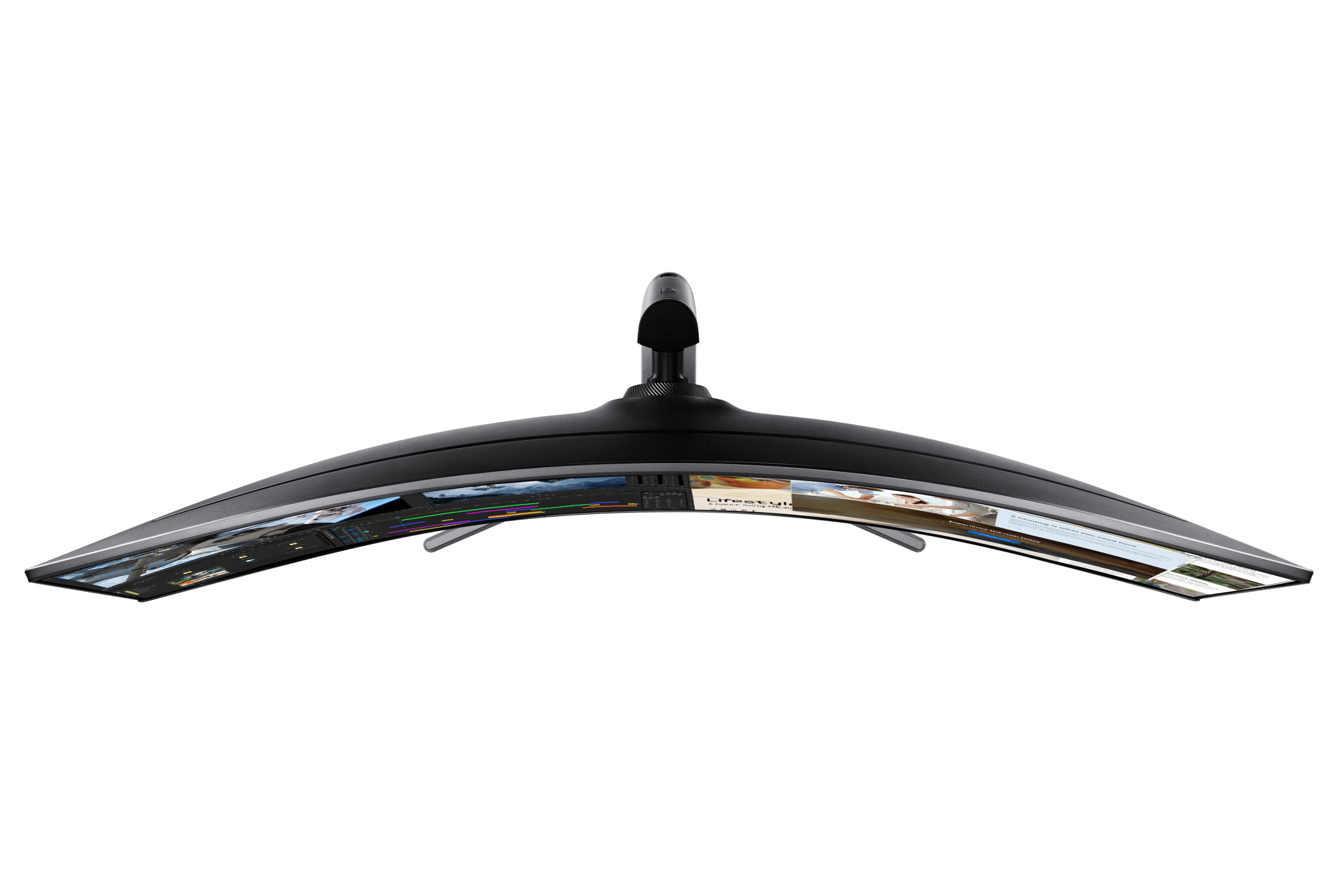



































£1,778.90*
Prices incl. VAT.
Expected in 4-6 weeks
Shipping from £45.99 Product number: 1000016679
- Resolution 5120 x 1440
- Diagonal 49"
- Panel type VA
- Refresh Rate 240Hz
A G
G Energy efficiency class



visunext Services
Product information
- Diagonal: 49 inch
- 32:9 5120 x 1440
- VA
- Edge LED
- Brightness: 420
- Contrast: 3,000:1
- Response time: 1 ms
Technical data
| Name | Samsung C49G94TSSR 48.8" VA Monitor, 5120 x 1440, 240Hz, 1ms |
|---|---|
| Article number | 1000016679 |
| GTIN/EAN | 8806092014824 |
| Manufacturer SKU | LC49G94TSSRXZG |
| EPREL ID | 422229 |
| Model name | C49G94TSSR |
| Brand | Samsung |
| Product Type | Monitor |
| Product Series | Samsung Odyssey Series |
| Technology | LCD |
| Panel type | VA |
| Resolution | 5120 x 1440 |
| Diagonal | 49" |
| Aspect Ratio | 32:9 |
| Contrast Ratio | 3,000 :1 |
| Max. Brightness | 420 cd/m² |
| Response time | 1ms |
| Refresh Rate | 240Hz |
| Product width | 29.1 cm |
| Product height | 16.7 cm |
| Product depth | 36.4 cm |
| Weight | 16.7 kg |
| Colour | Black |
| EEK Spectrum | A to G |
| Energy efficency class | G |
| Condition | New |
| Warranty | 24 Month |
| Warranty type | Bringin service Service and support information |
Downloads
Product safety
| Person responsible for the EU |
|---|
| Samsung Electronics GmbH |
| Am Kronberger Hang 6 |
| 65824 Schwalbach |
| Germany |
| sseg.comm@samsung.com |



